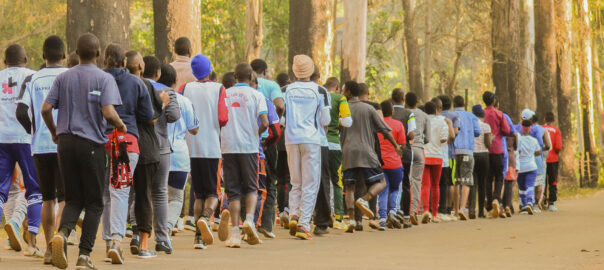
The Pursuit of Health
Throughout human history, improved health and life expectancy have resulted more from safer environments (sanitation and clean water), better nutrition, and our inherent healing capacities than from advances in medical care when we get sick. How can we tap into this understanding to ensure a better future for us all?

What Causes Health
Some 95% of the trillions of dollars the US spends on health care goes to direct medical services and just 5% to population-wide approaches to health improvement. How well does that investment align with what we know about the true determinants of health?
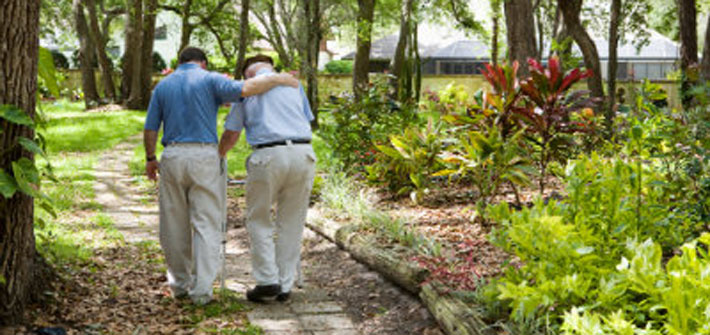
Who Provides Care
While we tend to think of medical professionals as the providers of health care, in reality the vast majority of all care is provided by people for themselves and their families. Increasing our competence for and confidence in self-care may well be the most important function of any healthcare system.
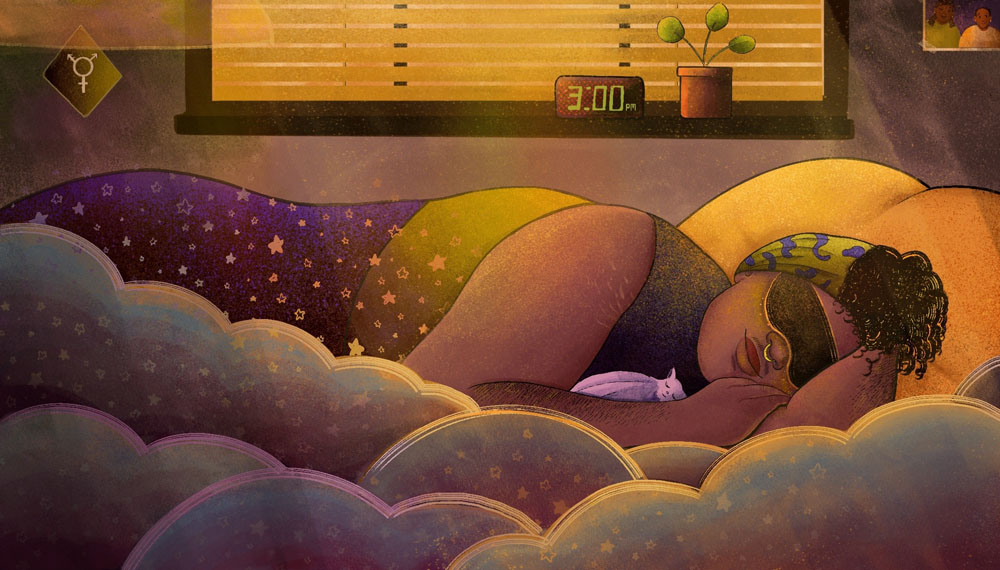
Self-Managing Chronic Disease
Nearly 95% of those 65 and older have at least one chronic condition, and nearly 80% of have two or more. The leading causes of death among older adults in the US are heart disease, cancer, COVID-19, stroke, chronic lower respiratory diseases, Alzheimer’s disease, and diabetes. Chronic diseases such as heart disease, diabetes, arthritis, and chronic lung disease account for 90% of all illness, 80% of all deaths, and 70% of all healthcare dollars.

Mind and Health
The focus of modern Western medicine has been largely on intervening in the body’s machinery with drugs and surgery. Nonetheless, psychosocial factors play a major role in who gets sick, the course of their illness, as well as recovery. Stress—or more accurately, how we feel about stress—is key.
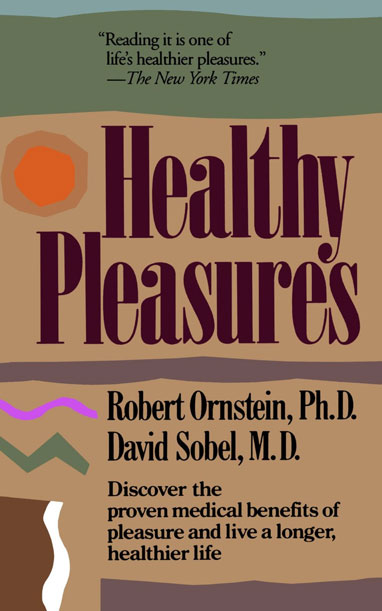
Healthy Pleasures
Robert Ornstein and David Sobel
Imagine a medical treatment that can help lower your blood pressure, decrease your risk for heart disease and cancer, boost your immune function and block pain. It’s safe, inexpensive and readily available. The main side effects include feeling good, an increased sense of well-being and greater self-confidence. Would you take it?
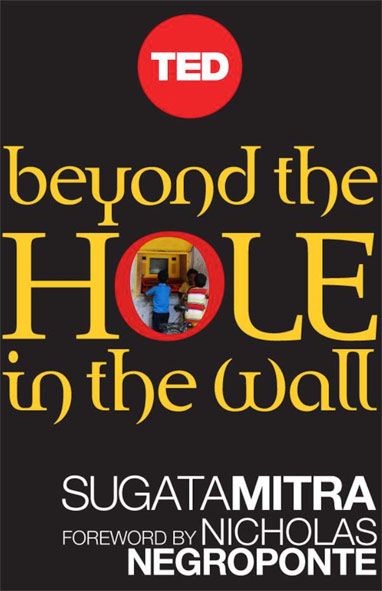
Beyond the Hole in the Wall
Discover the Power of Self-Organized Learning
Sugata Mitra
Sugata Mitra’s now famous experiments have shone light on the immense capacities that children have for learning in self-composed and self-regulated groups.

Improbable Scholars
The Rebirth of a Great American School System and a Strategy for America’s Schools
David L. Kirp
How do we determine if our schools are preparing students for a meaningful future in our society and improve the schools that are not living up to those standards? Explores the current crisis in American education and four districts that have made positive changes.
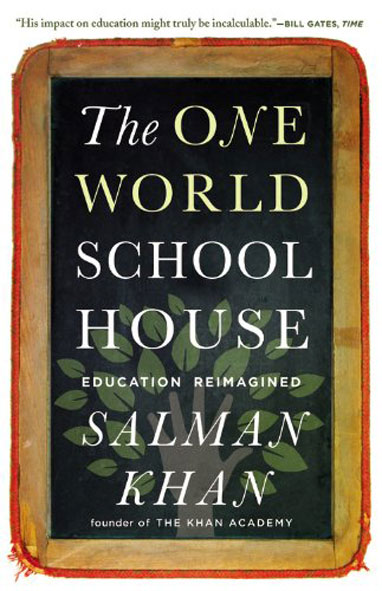
One World Schoolhouse
Education Reimagined
Salman Kahn
There may be a young girl in an African village with the potential to find a cancer cure. A fisherman’s son in New Guinea might have incredible insight into the health of the oceans. By combining the enlightened use of technology with the best teaching practices, we can foster students who are capable of self-directed learning, deep understanding of fundamentals, and creative approaches to real-world problems.
